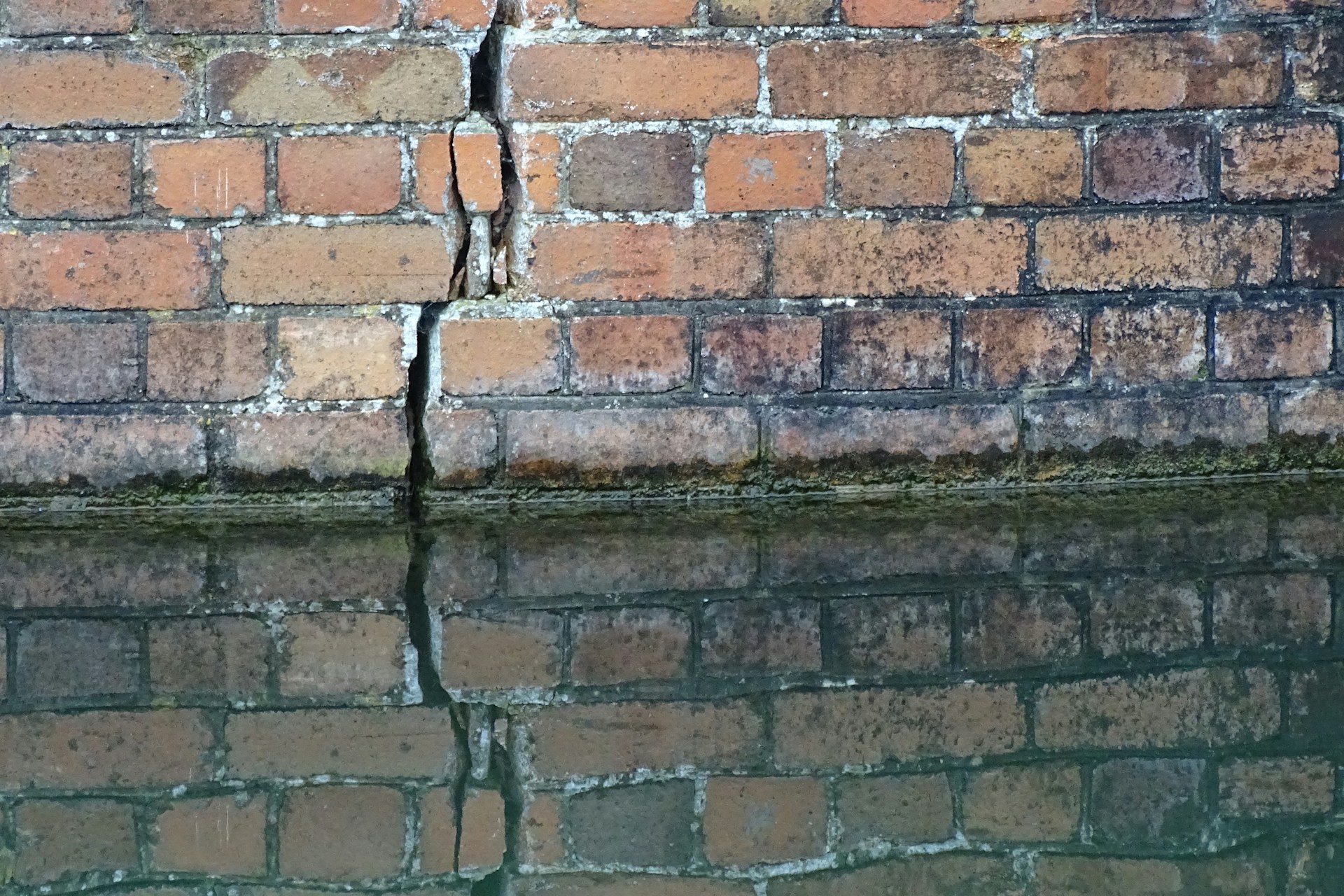For anyone owning or renovating an older home in Ireland, few words trigger more anxiety than rising damp. It’s commonly blamed for flaking plaster, musty smells, and crumbling skirting boards. But is rising damp really the silent destroyer it’s made out to be? Or is it a misunderstood symptom of deeper issues — often made worse by well-meaning but misguided modern building methods?
At Summit Matters Ltd, we’ve seen firsthand how fear of rising damp can lead to unnecessary and expensive repairs. In this article, we unpack the facts, the fiction, and what older homes are really trying to tell us.
What Exactly Is Rising Damp?
Rising damp is defined as the upward movement of moisture from the ground through porous building materials such as brick, stone, or mortar. As this moisture travels, it often brings salts with it, which can stain walls and break down finishes. You’ll often see it described as a horizontal tide mark on lower walls, usually within the first metre from the ground.
But here’s the thing: true rising damp is actually quite rare — especially when buildings are well maintained and allowed to breathe.
Why Rising Damp Is So Often Misdiagnosed
Many signs commonly attributed to rising damp can result from entirely different — and often simpler — problems. These include:
-
Poor ventilation leading to condensation and mould
-
Bridged damp courses due to raised ground levels or internal plasterwork
-
Leaking gutters, downpipes, or plumbing
-
Trapped moisture from cement renders or non-breathable finishes
Because these issues often look like damp at low level, they get mislabelled as rising damp. The next step? Chemical damp-proofing injections, plastic membranes, or tanking systems — none of which solve the actual problem if moisture is coming from another source.
Old Buildings vs. Modern Materials
One of the most common causes of damp in heritage or traditional buildings isn’t rising damp at all — it’s inappropriate modern interventions.
Older properties in Ireland, especially those built before the 1950s, often have solid stone or brick walls with no cavity. These walls were designed to breathe — to absorb moisture and release it slowly through evaporation. Lime mortars and plasters helped regulate this moisture movement.
When modern materials like:
-
Cement-based renders
-
Gypsum plasters
-
Plastic membranes
-
Insulated plasterboard (dot-and-dab)
…are used on these walls, they trap moisture rather than allowing it to evaporate. Over time, this builds up — and the resulting damage gets blamed on “rising damp” rather than incompatible materials.
A Better Approach: Respect the Building’s Original Design
At Summit Matters Ltd, we believe that good building practice starts with understanding. Rather than reaching for a quick-fix chemical treatment, we look at the bigger picture:
✅ We diagnose the source of moisture properly — is it rising damp, condensation, or something else?
✅ We use breathable lime-based products where appropriate
✅ We manage external water — ensuring proper drainage, guttering, and ground levels
✅ We upgrade insulation carefully, especially on solid-walled homes, with attention to moisture flow
In many cases, simply removing impermeable finishes and reinstating traditional materials allows the building to perform better than any damp-proof course ever could.
So… Is Rising Damp a Myth?
Not quite — but it’s certainly overhyped, overdiagnosed, and often misunderstood.
Yes, rising damp can occur under the right (or wrong) conditions. But in our experience, what’s often sold as rising damp is actually:
-
A failure to manage moisture and ventilation,
-
A clash between breathable walls and non-breathable finishes,
-
Or a symptom of deferred maintenance.
Understanding these nuances helps homeowners make better, more cost-effective decisions — and preserve the character and health of their homes for the long term.
Need a Damp Diagnosis You Can Trust?
We don’t sell chemical damp-proof courses. We do offer honest, experienced assessments and tailored building solutions that respect your property’s history and future.
📞 Get in touch with Summit Matters Ltd
📍 Based in Ireland, specialists in renovating vacant and derelict homes with honesty, integrity, and value.

